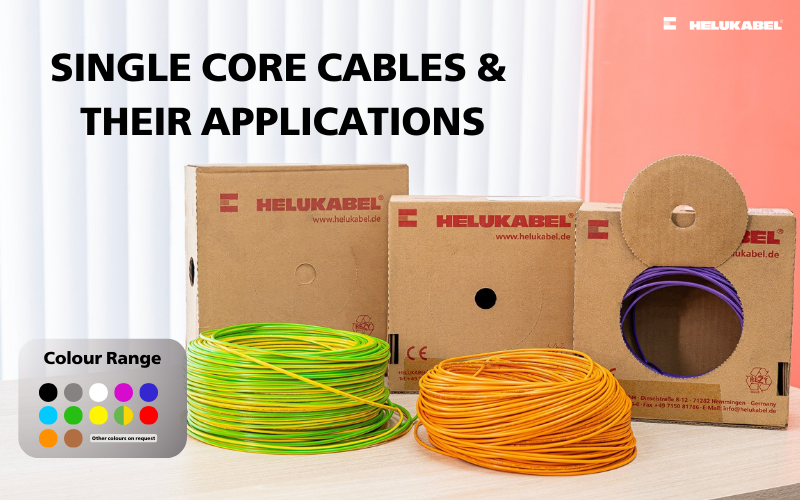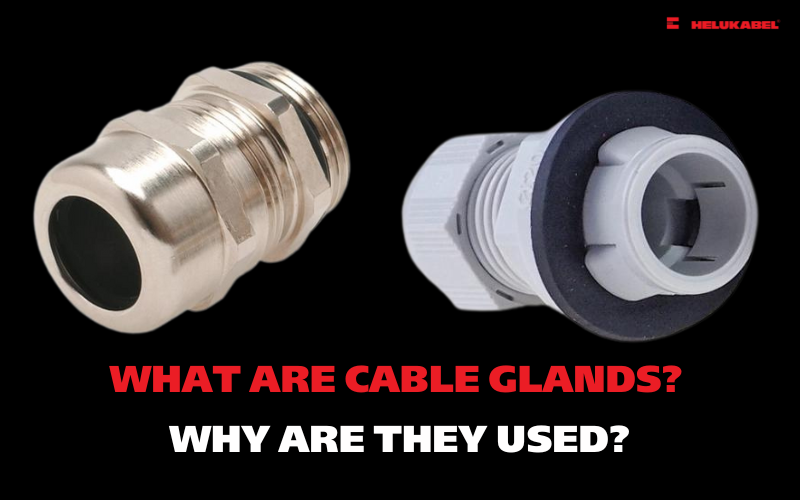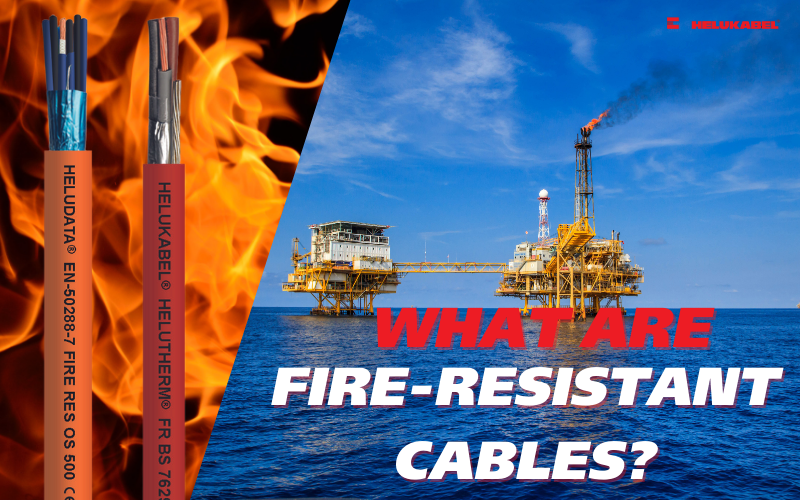Comparing fiber optic and copper cables in terms of signal transmission
Fiber optic and copper cables both transmit data, but differ in their underlying technology. What distinguishes these two? Let’s find out more about this.
The two primary material technologies used in most cables today are fiber optics and copper. Whether it is an HDMI cable, USB cable, Ethernet cable, or any other type of data transmission cable , the core consists of either copper or fiber optics.
When designing a reliable network system that meets your bandwidth requirements, the first decision is whether to use copper or fiber optics. Copper cables are typically sufficient for cost-effective and reliable network setups in shorter-range applications. However, fiber optics are the preferred solution for situations requiring high-speed connectivity, long distances, and immunity to electromagnetic interference.
>>See more: Fiber optic cables and their applications
1. Overview of copper cables
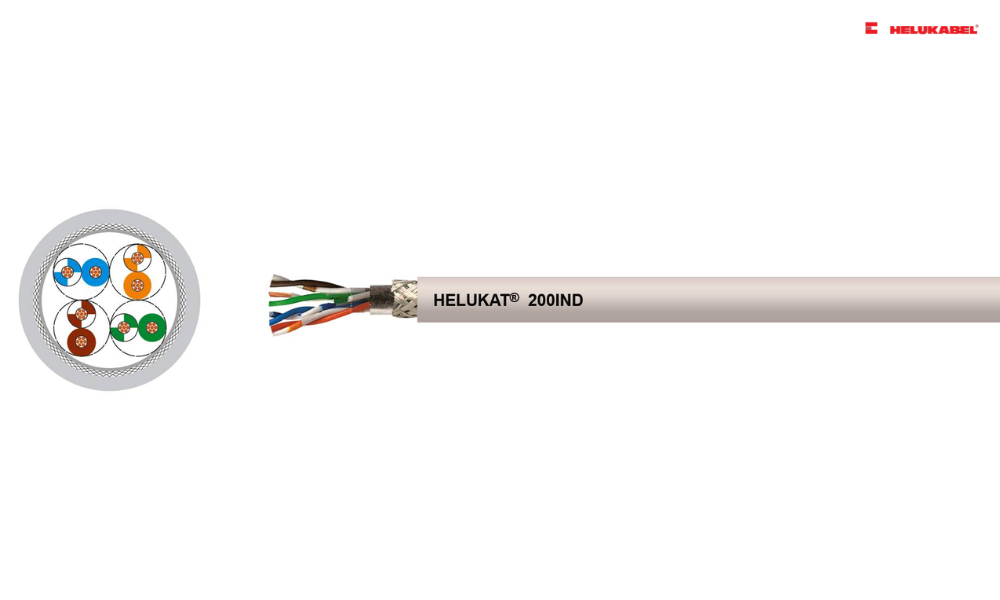
Since the 19th century, copper cables have been used to transmit signals and communications. While modern copper cables have become much more sophisticated, they remain a cost-effective and widely utilized option for transmitting data in Ethernet networks. There are various types of copper Ethernet cables, each with its own specific characteristics.
1.1 Cat5e cables
Cat5e is one of the earliest widely adopted Ethernet cables. It supports data transmission speeds of up to 1000 Mbps (1 Gbps) over distances of up to 100 meters. Cat5e cables are commonly used in homes and small businesses, offering sufficient bandwidth for these networks at a very affordable cost. However, they have limited immunity to electromagnetic interference (EMI) and radio frequency interference (RFI).

1.2 Cat6 and Cat6a cables
This cable line supports speeds up to 10 Gbps with enhanced resistance to interference and crosstalk. However, its maximum cable length is limited: 55 meters for 1 Gbps and 37 meters for 10 Gbps. Despite this, Cat6 is ideal for shorter runs, such as in server racks or network equipment, offering better performance at a moderate 33% cost increase over Cat5e. Cat6a builds on Cat6 by adding extra shielding, reducing interference, and extending the maximum length to 100 meters for both 1 Gbps and 10 Gbps throughput.
1.3 Cat7 cables
Cat7 cables offer similar speed and cable length to Cat6a but provide superior resistance to interference and crosstalk. It is ideal for environments where maximum performance and bandwidth are critical, though it comes at a cost approximately 25% higher than Cat6a.
When selecting copper cables, bandwidth and distance are key factors to consider. However, interference resistance is also important to prevent future issues, though it may result in a corresponding increase in cost.
2. Overview of fiber optic cables
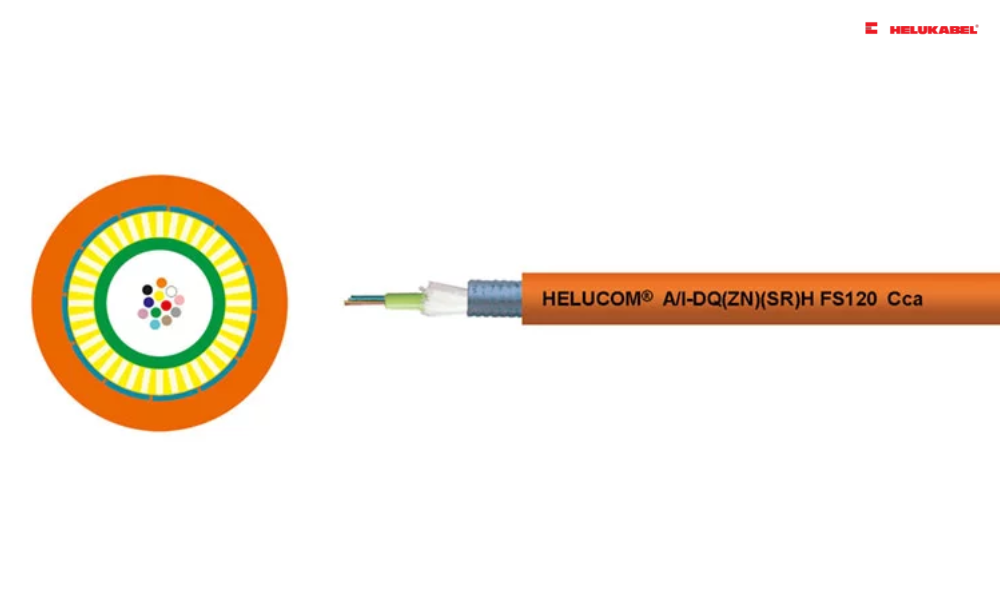
Fiber optic cables represent a significant advancement in communication technology. Unlike copper cables, which transmit electrical signals through a metallic medium, fiber optic cables transmit data by reflecting light rays, offering substantial benefits in bandwidth and maximum cable length.
2.1 Single mode fiber optic cables
Single mode fiber optic cables are ideal for high-speed and long-distance data transmission. They can achieve up to 400 Gbps and span many kilometers. Single mode fibers are even used in submarine cables to connect islands and continents, though these long transmission lines require signal amplifiers at regular intervals.
2.2 Multimode fiber optic cables
Multimode fiber optic cables have a shorter maximum cable length compared to Single mode fibers, making them suitable for connecting buildings within campuses or other shorter distances. Multimode fibers offer lower bandwidth, with a maximum of 10 Gbps.
Choosing between Single mode and Multimode fiber depends on several key factors. The first is distance: Single mode can reach tens of kilometers (or more with amplifiers), while Multimode fiber is reliable up to half a kilometer (or 1 kilometer at 1 Gbps). The second factor is bandwidth, with Singlemode fiber providing superior performance.
3. Comparing the structure of fiber optic cables and copper cables

Tight buffer (left) and loose buffer (right)
Fiber optic cables and copper cables are composed of different materials, which makes them suitable for distinct applications.
3.1 Structure of fiber optic cables
Fiber optic cables have a core made of glass or plastic, designed to transmit data via light. The light reflects back and forth along the glass core, which is surrounded by a cladding layer that ensures the light remains within the core. This cladding is then covered with additional insulating layers, including a plastic layer that reinforces the core. Depending on the manufacturer, a sleeve filled with gel or Kevlar may be added for further protection, followed by an outer colored plastic layer to identify the type of fiber optic cable.
3.2 Structure of copper cables
Copper cables have a core made of copper metal. Depending on the type, copper cables may vary in structure. For instance, coaxial cables are covered with multiple layers of insulation and protection, while twisted pair copper cables consist of one to four pairs of insulated copper wires twisted together and then covered with various insulating and protective layers. Regardless of their specific design, copper cables generally feature a copper core surrounded by an insulating and protective coating. Some cables may also include additional reinforcement elements such as grooves.
4. Comparing the properties of fiber optic cables and copper cables
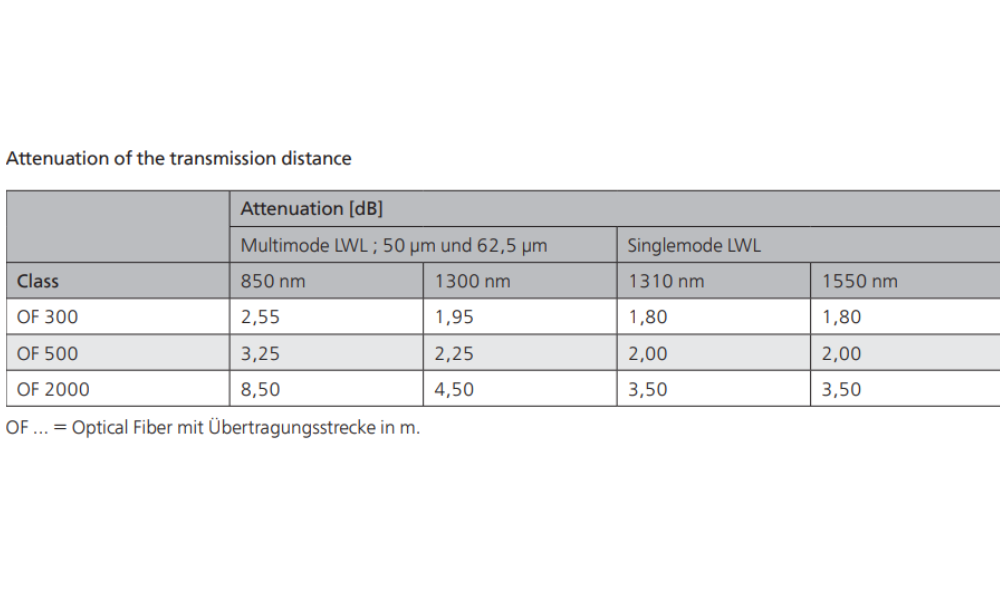
Attenuation of the transmission distance
4.1 Fiber optic cables offer faster transmission speeds and greater bandwidth
The transmission capabilities of fiber optic and copper cables are primarily determined by the speed of the medium's carriers—photons for fiber optic cables and electrons for copper cables. Photons travel at the speed of light, whereas electrons naturally travel at less than 1 percent of that speed. Additionally, copper cables have limited bandwidth, while fiber optic cables can support standard data rates of up to 10 Gbps and beyond.
4.2 Fiber optic cables are less susceptible to signal loss
Fiber optic cables experience significantly less signal loss over long distances compared to copper cables. This makes fiber optics ideal for long-distance network connections, enabling transmission over 100 kilometers or more without significant degradation in signal quality. In contrast, copper cables are typically limited to a maximum transmission distance of around 100 meters before signal loss becomes a concern.
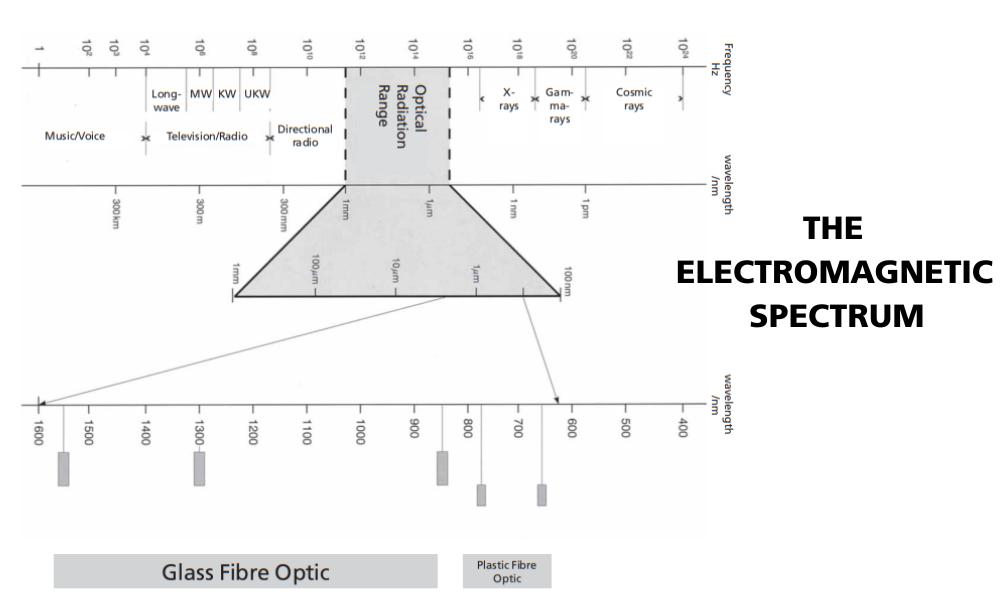
The electromagnetic spectrum of fiber optic cable
4.3 Fiber optic cables are immune to EMI
As electrical conductors, copper cables are vulnerable to electromagnetic interference (EMI). In contrast, fiber optic cables transmit light signals through a process called total internal reflection, making them immune to EMI that can disrupt data transmission. Additionally, fiber optic cables are resistant to temperature fluctuations, extreme weather, and humidity, factors that can negatively impact copper cable performance.
4.4 Fiber optic cables provide enhanced security
Due to security concerns, many refineries and critical industries are switching to fiber optic cables instead of wired and wireless Ethernet. Unlike copper cables, which transmit electronic signals and can emit electromagnetic waves susceptible to eavesdropping, fiber optic cables transmit light signals that are resistant to interception and decoding by hackers.
4.5 Fiber optic cables are highly adaptable
Fiber optic systems offer flexibility for modifications, additions, and upgrades. Advances in fiber optic testing and termination equipment have simplified the installation and maintenance process. Recent developments, such as small form-factor pluggable (SFP) transceivers and dip switches, streamline the connections and configuration of fiber optic networks.
Furthermore, fiber optic cables can carry a wide range of digital and analog signals, including contact closure information, and can be bidirectionally multiplexed using electrical signal converters to and from optical data streams. This includes copper/fiber media conversion of serial protocols like RS232/485, Ethernet, Ethernet/IP, ControlNet, PROFIBUS, DH+, and Modbus.
4.6 Cost-effectiveness of fiber optic cables
While copper cables initially appear to be more cost-effective due to their lower price, fiber optic cables offer better long-term value. When considering hidden costs such as maintenance, interference, tampering risks, and replacement, fiber optic cables emerge as the more economical choice. Fiber optic cables have a longer lifespan than copper cables, reducing the need for multiple cabinets to repeat signals over longer distances. The absence of additional EMI shielding or fire protection requirements further contributes to cost savings.
In industrial automation, communication networks face unique challenges, including extreme temperatures, lightning strikes, electromagnetic interference, and installations in hazardous locations. Fiber optic cables are often the preferred choice in these environments, providing highly reliable, fault-tolerant networks that minimize production disruptions and enhance worker safety.
If you still have any concerns or questions, don't hesitate to reach out to HELUKABEL Vietnam's engineering team promptly for detailed assistance.
905, Nguyen Kiem Street, Ward 3, Go Vap District, Ho Chi Minh City 700000, Vietnam
Tel. +84 28 77755578 | info@helukabel.com.vn | www.helukabel.com.vn

